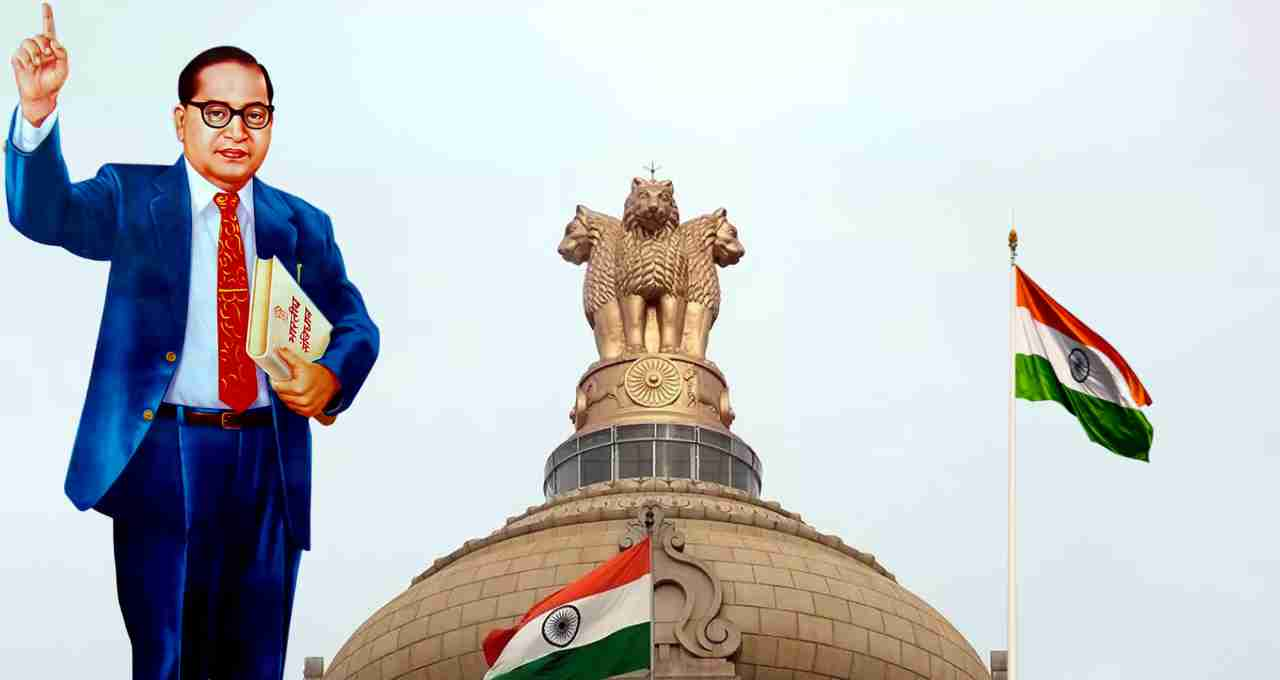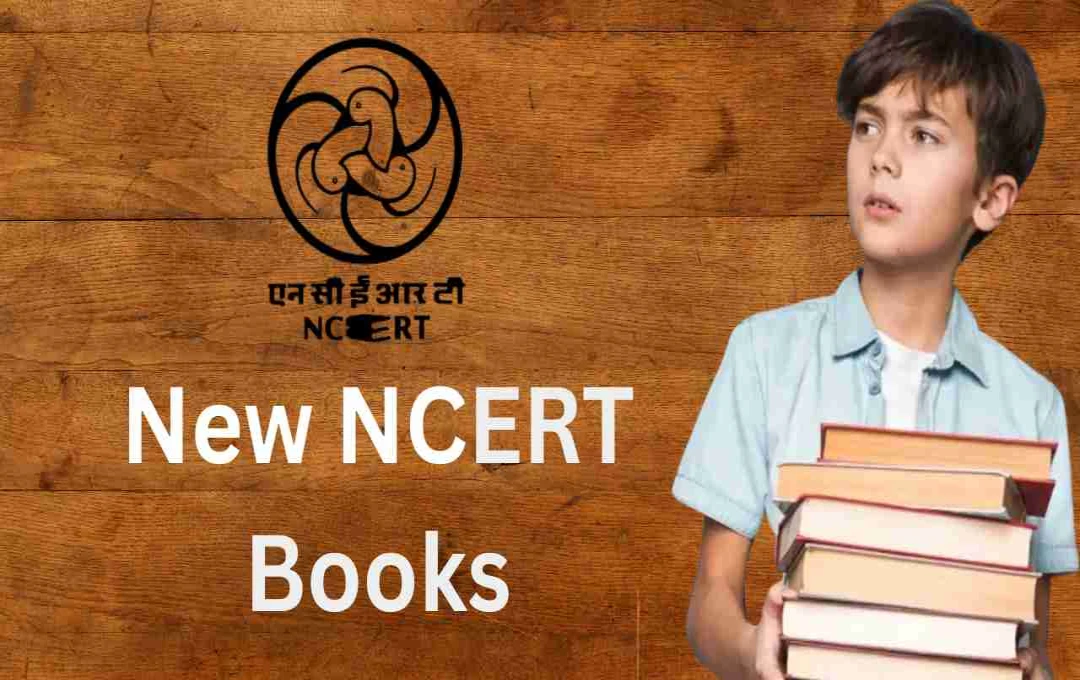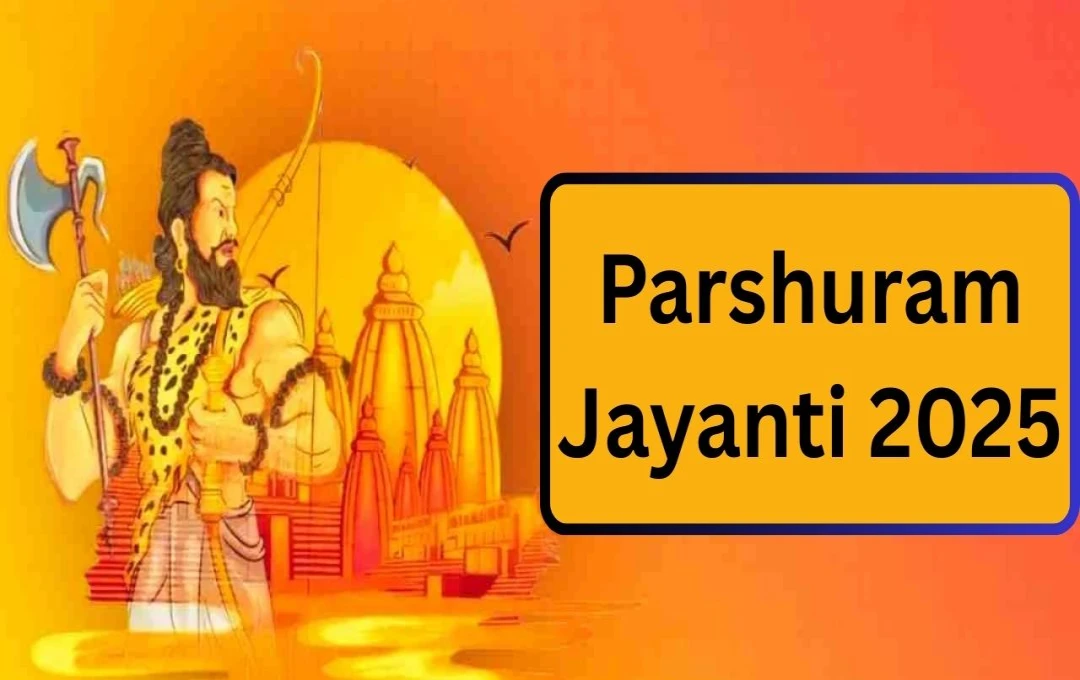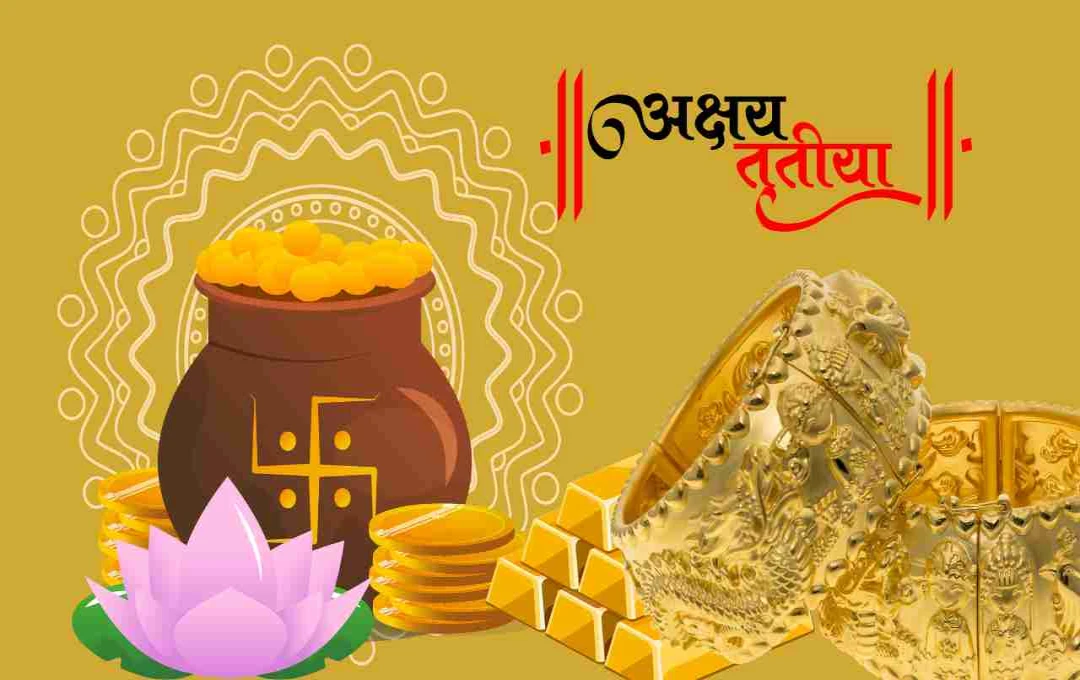NCERT's new Class 7 textbooks have removed chapters on the Delhi Sultanate and the Mughals. These textbooks now include significant topics such as "Make in India" and the Kumbh Mela.
Education: Changes have been made to the new NCERT textbooks, particularly noticeable in the Class 7 curriculum. All references related to the Mughals and the Delhi Sultanate have been removed. Instead, new chapters incorporate Indian dynasties, significant religious events like the Kumbh Mela, and Indian government initiatives such as "Make in India" and "Beti Bachao, Beti Padhao".
The aim of this change is to give greater importance to Indian traditions and knowledge systems in school education, in line with the new National Education Policy (NEP) and the National Curriculum Framework (NCFSE) 2023. These changes are intended to present Indian culture and society in the correct context.
Removal of References to the Mughals and the Delhi Sultanate
NCERT has completely removed references to the Mughal Empire and the Delhi Sultanate from the Class 7 social science textbook. Previously, these books contained detailed information on the Mughals and the Delhi Sultanate, including the Tughlaq, Khilji, Mamluk, Lodi dynasties, and the achievements of Mughal emperors. These empires were discussed over several pages, emphasizing their culture, administration, and social structure.
In 2022-23, in light of the COVID-19 pandemic, NCERT attempted to rationalize the curriculum and at that time shortened the chapters related to the Mughals and the Delhi Sultanate. Now, in this new book, these chapters have been removed entirely.
According to NCERT officials, this is the first part of the textbooks, and the second part will be released in the coming months. However, they haven't clarified whether the removed chapters will be reinstated in the next part.

Focus on Indian Dynasties and the Kumbh Mela
The new textbooks now place greater emphasis on Indian history, particularly ancient Indian dynasties. The books now include new chapters on Magadha, Mauryan, Shunga, Satavahana, and other major Indian dynasties. These chapters focus on Indian ethos, Indian society, and culture.
Additionally, a new chapter titled "How Land Becomes Sacred" has been added. This chapter mentions sacred places and pilgrimage sites from India and around the world, including Jyotirlingas, Char Dham Yatra, Shakti Peeths, and other religious sites. This chapter also includes a quote from Jawaharlal Nehru, in which he referred to India as the land of pilgrimage sites.
The new textbooks also mention the Kumbh Mela, held this year in Prayagraj, which was attended by approximately 660 million people. However, the book does not mention the stampede that resulted in the deaths of more than 30 pilgrims and injured many others.
Importance of Government Initiatives
The new textbooks also include several important initiatives of the Indian government. Some of the key initiatives mentioned are:
- Make in India
- Beti Bachao, Beti Padhao
- Atal Tunnel
These initiatives aim to bring about improvements and progress in Indian society, and by including these aspects in the textbook, students are being made aware of the current state of society and the government's efforts.
New Chapter on the Indian Constitution

A chapter on the Indian Constitution has also been added to the new textbooks. This chapter explains that there was a time when people were not allowed to hoist the national flag in their homes. This chapter provides students with information about the importance of the Constitution and the dignity of the national flag.
A New Perspective on Indian Culture and Society
These changes are an attempt to present Indian culture and society in the correct context within the Indian education system. The new textbooks place greater emphasis on various aspects of Indian ethos, history, and religion to connect children with their Indian identity. This change ensures that students receive information about history and culture not only from a Western perspective but also from an Indian perspective.
Impact of this Change
These changes will have a profound impact on school education. This change will provide students with a new perspective, making them more aware and sensitive towards Indian traditions and cultural heritage. In addition, students will also have the opportunity to understand how diverse and rich our country's civilization and culture are.
The aim of these changes is to keep students connected to their cultural roots and to teach them correctly about the richness and diversity of Indian society and culture.













